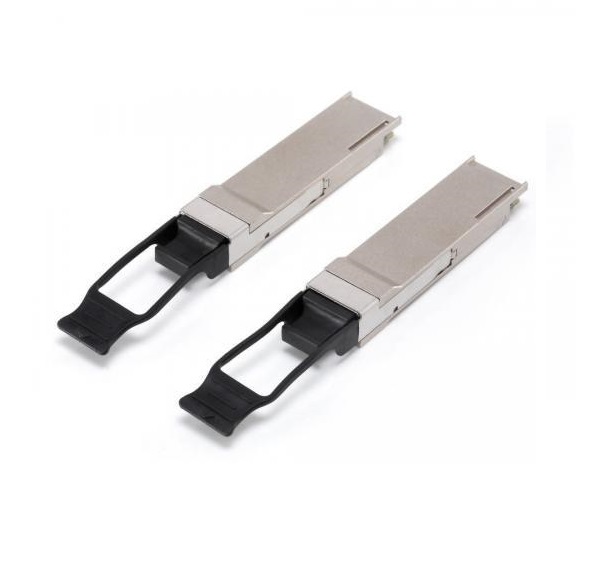- Sales SupportContact Sales
- Call us at: +(86) 15211074652
- Send us a email at: info@zr-fibercable.com
Use the QSFP light module method in the OSFP port
The QSFP (Quad Small Form-factor Pluggable) light module is a high-speed, hot-pluggable transceiver module that is widely used in data center and networking applications. The module is designed to provide high-speed data transmission over short and long distances, and it supports a wide range of data rates and protocols.
The OSFP (Octal Small Form-factor Pluggable) port, on the other hand, is a relatively new form of high-speed transceiver that is designed to support data rates up to 400 Gbps. It is similar in size to the QSFP, but it has eight electrical lanes instead of four, which allows it to support higher data rates.
Although the OSFP port is a newer technology than the QSFP, there are still many applications where QSFP modules are used. In some cases, it may be necessary to connect a QSFP module to an OSFP port, which requires the use of a special adapter.
One way to connect a QSFP module to an OSFP port is to use a QSFP-to-OSFP adapter. This is a small, plug-in adapter that allows a QSFP module to be inserted into an OSFP port. The adapter typically has an OSFP connector on one end and a QSFP connector on the other end, and it is designed to provide a seamless connection between the two.
To use a QSFP-to-OSFP adapter, simply plug the adapter into the OSFP port, and then insert the QSFP module into the adapter. The adapter will automatically configure itself to match the data rate and protocol of the QSFP module, and it will provide a reliable and high-speed connection between the module and the port.
Another way to use a QSFP module in an OSFP port is to use a breakout cable. A breakout cable is a special cable that has a QSFP connector on one end and four separate connectors on the other end. These connectors can be either LC or MTP/MPO connectors, depending on the type of fiber being used.

To use a breakout cable with an OSFP port, simply plug the QSFP connector into the port, and then connect the four separate connectors to the corresponding ports on the other end of the cable. This will provide a high-speed connection between the QSFP module and the OSFP port, and it will allow the module to be used with a wide range of data rates and protocols.
One of the key advantages of using QSFP modules in OSFP ports is that it provides a high degree of flexibility and scalability. QSFP modules are available in a wide range of data rates, ranging from 10 Gbps up to 400 Gbps, and they can be used with a variety of different protocols, including Ethernet, InfiniBand, and Fibre Channel. This makes them an ideal choice for a wide range of data center and networking applications.
In summary, there are several ways to use QSFP modules in OSFP ports, including the use of a QSFP-to-OSFP adapter and a breakout cable. These methods provide a high-speed, reliable connection between the module and the port, and they allow for a high degree of flexibility and scalability in a wide range of data center and networking applications.
You might be interested in
We use cookies to ensure that we give you the best experience on our website. By clicking on "Accept" or continuing to use this site, you agree to our use of cookies in accordance with our Cookie Policy .You can refuse the use of cookies here.
Accept

